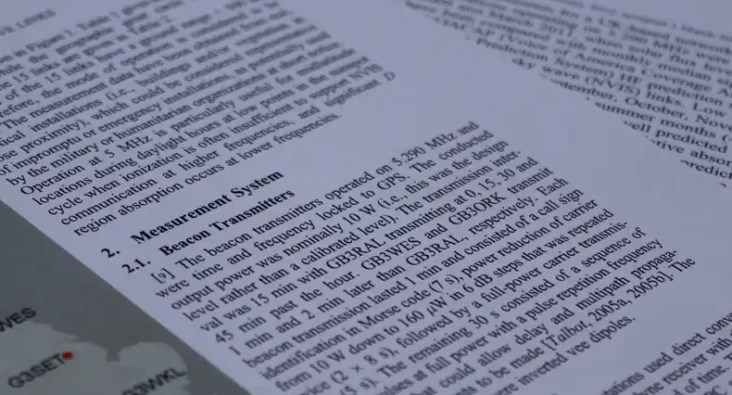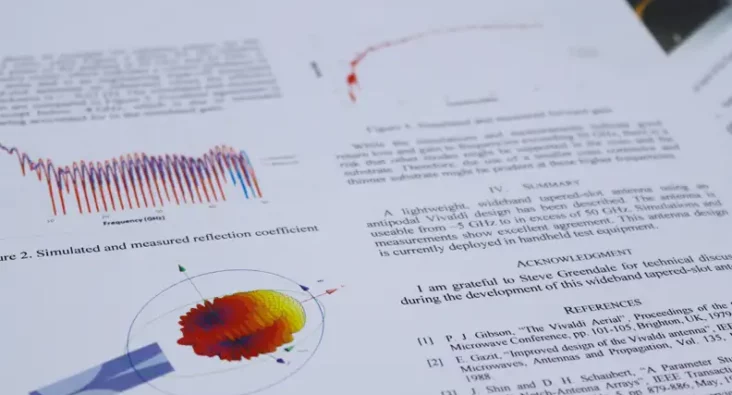
Written by Inez Cornell
Head of Marketing
ClearSpace and Plextek: Pioneering Advanced In-Orbit Servicing
In the dynamic field of in-orbit servicing, the collaboration between ClearSpace, a frontrunner in space logistics and orbital servicing, and Plextek, a leader in providing exceptional engineering consultancy, represents a partnership aimed at addressing the key technical challenges of space debris removal and satellite servicing.
This cooperative venture aims to leverage the core competencies of both entities to enhance the reliability and precision of in-orbit operations.
“Solving the complex puzzle of space debris requires more than just technical capability; it demands innovation and collaboration. Plextek is proud to be at the forefront of this challenge alongside ClearSpace, combining our heritage in engineering with cutting-edge innovation to support sustainable space technology.” Brent Hudson, CEO, Plextek
Integration of Expertise and Technology
“In this mission, we chose Plextek due to their proven technical expertise. Their radar systems are instrumental for achieving the paramount need for safety and precision in proximity operations.” Valentin Valhondo, Technical Program Manager, ClearSpace.
Plextek’s role is to engineer solutions that provide the navigational eyes for ClearSpace’s missions. Capitalising the many years’ experience in radar, particularly in mmWave solutions with fully integrated antenna, waveguide, RF electronic and digital signal processing elements. These technologies are critical for the delicate manoeuvres required to rendezvous with, capture, and ultimately deorbit defunct satellites and debris.
Power and weight are a premium on a satellite, and Plextek’s proposed radar uses two times less electrical power and is less than one-third less of the weight compared to other RPO sensing solutions.
“In the realm of in-orbit services, the capacity to approach and manipulate objects safely is non-negotiable. Plextek’s radar systems will serve this critical function,” continues Valentin, further highlighting the integral role of their collaboration.
“Leveraging Plextek’s strength in advanced radar and sensor technology, we’re pioneering the development of tailored solutions that not only meet but exceed the demands of modern space applications. Our dedication to engineering excellence fuels our mission to deliver precision and reliability in every project.” Richard Jacklin, Commercial Lead, Plextek
Role in the In-Orbit Servicing Economy
The collaboration is instrumental for both ClearSpace and Plextek, impacting broader economic and technological goals within the space sector. Nicolas Croisard, Senior Spacecraft Systems Engineer at ClearSpace, emphasized the importance of this partnership in integrating UK-based technological capabilities into ClearSpace’s supply chain:
“Our collaboration with Plextek enhances our capabilities, thereby supporting not only ClearSpace’s immediate operational goals but also expanding our Servicing to include satellite life extension and refuelling operations.”
As space operations become more congested, the demand for effective debris management and servicing solutions increases, highlighting the significance of this collaboration in promoting sustainable space exploration.
Strategic and Operational Goals
ClearSpace articulates its mission: “We perceive ourselves as an enabler of sustainable space operations. The core ClearSpace technologies are being forged for today’s debris removal tasks, with a clear vision to encompass other in-orbit servicing markets.”
This forward-looking approach aligns with Plextek’s commitment to fostering next-generation technologies that not only resolve current issues but also set the groundwork for future innovations in space.
A Mission Driven by Responsibility and Collaboration
Driving the cooperation is a shared imperative towards sustainable space exploration. Beyond commercial and technical ambitions, there is a conscious passion for advancing responsible conduct in this area.
Nicolas noted, “We are developing technologies that allow for a responsible and sustainable use of space. Plextek’s role is pivotal as an enabler in this aspect of space sustainability.”
As space becomes increasingly populated with commercial satellites, the potential for debris and the risk of collisions rise, making the requirement for debris removal a priority.
Technical and Economic Impact
The partnership is facilitating advancements in radar technology and operational approaches necessary for effective in-orbit servicing. By combining Plextek’s technical expertise in radar systems with ClearSpace’s solutions, the partnership is setting benchmarks for innovation and operational excellence in the space sector.
“Our work with Plextek not only advances our technical capabilities but also contributes to the robustness of the UK’s growing space industry, supporting local technology development and implementation,” added Valentin, underlining the strategic significance of this collaboration.
In conclusion, the ClearSpace-Plextek partnership is a key development in the evolution of space servicing. By addressing the complex challenges associated with space debris and satellite servicing, this collaboration underscores the combined commitment of both firms to advancing the frontiers of space technology and operations.
This partnership is a solid example of how technical collaboration can drive innovation and enhance capabilities, ensuring the sustainability and safety of space operations for future generations.
At Plextek, we understand that innovation is not a solo journey but a collaborative effort. With ClearSpace's visionary approach to space logistics and our cutting-edge radar systems, we’re proud to set new industry standards for space sustainability and operational efficiency.
Richard Jacklin
Commercial Lead

mmWave Radar for Satellites & Space

Satellites & Space Market
About ClearSpace
Projects
View AllRelated Downloads
View All Downloads- PLX-T60 Configurable mmWave Radar Module
- PLX-U16 Ubiquitous Radar
- MISPEC
- Cost Effective mmWave Radar Devices
- Antenna Design Services
- Plextek Drone Sensor Solutions Persistent Situational Awareness for UAV & Counter UAV
- mmWave Sense & Avoid Radar for UAVs
- Exceptional technology to positive impact your marine operations
























































